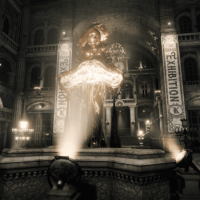Ghostwire: Tokyo Review – Spectacular Atmosphere But Haunted By Monotony
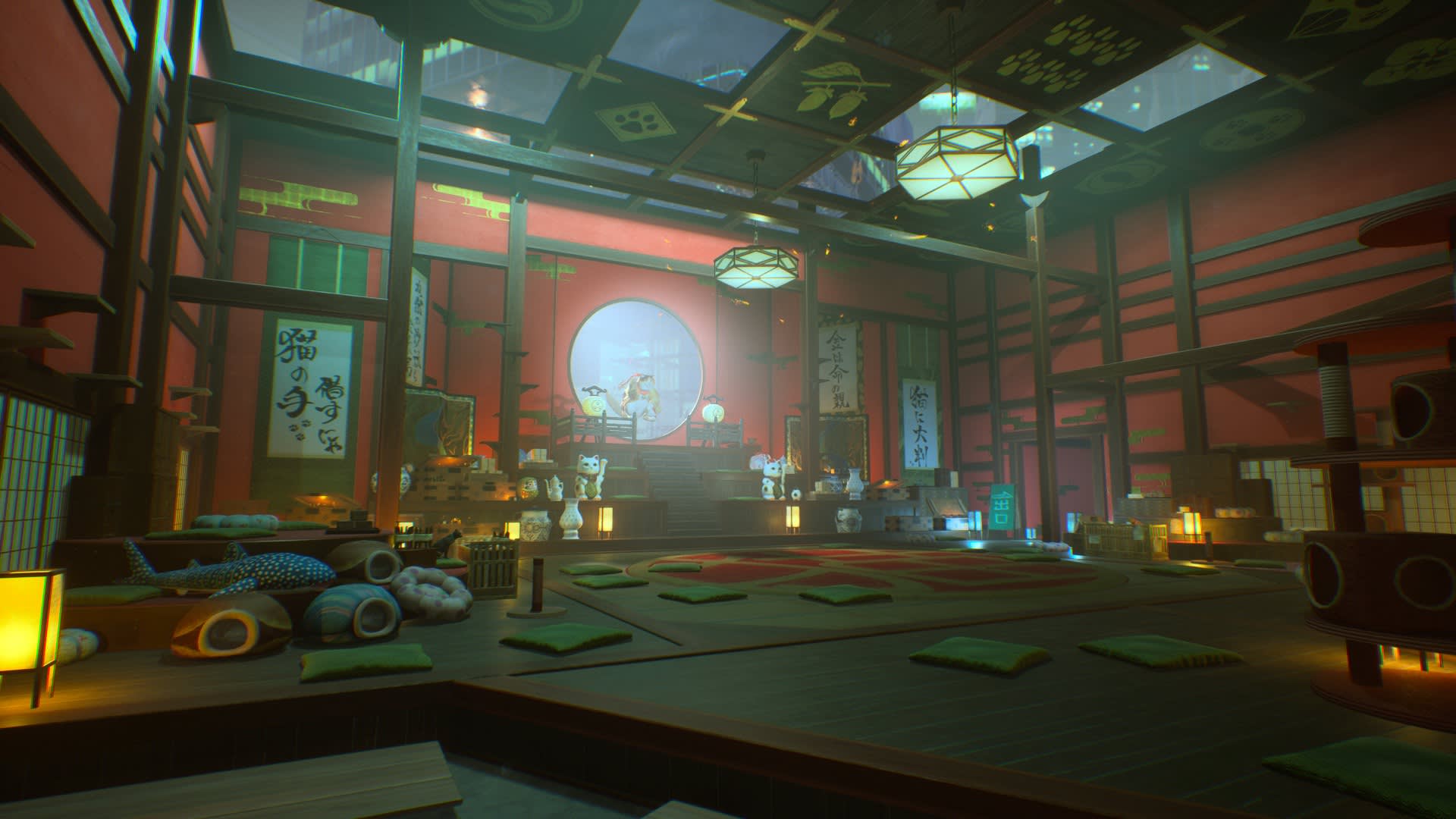
As we step into the eerie streets of Shibuya district, the atmosphere of Ghostwire: Tokyo envelops us with its haunting beauty. The latest game by Tango Gameworks offers an impressive open world that is meticulously designed with attention to detail. The game’s environment and enemy design are remarkable, creating an immersive experience that transports us to a world of supernatural phenomena.
However, beneath the surface of Ghostwire: Tokyo’s stunning atmosphere lies a game that is plagued by repetitious open world tasks. While the game’s combat mechanics are solid, the open world activities feel monotonous, lacking the variety that would keep players engaged.
In this article, we will delve into Ghostwire: Tokyo’s story and atmosphere, combat mechanics, and open world activities to provide an objective review of the game, ultimately awarding it a rating of 3 stars out of 5.
Key Takeaways
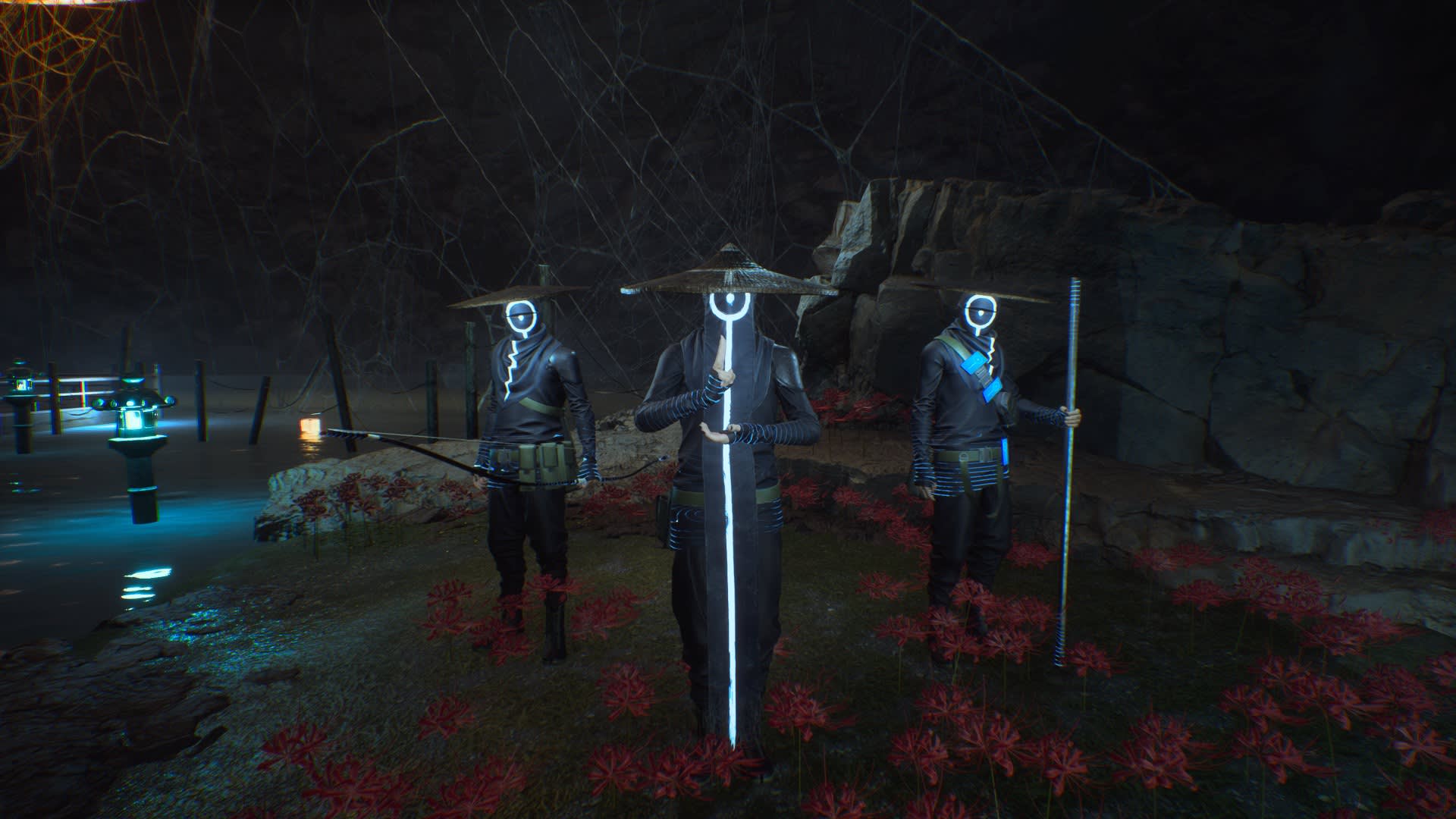
- Ghostwire: Tokyo boasts excellent environment and enemy design, as well as a detailed and impressive open world recreation of Shibuya district.
- The game’s story and atmosphere are compelling, with protagonist Akito wielding Shinto magic and exploring a distinctively atmospheric Tokyo to investigate a rapture-like event.
- Combat in Ghostwire: Tokyo is primarily focused on action combat against large mobs of spirits and demons, but the time it takes to access the full suite of abilities can be an issue and ability upgrades lack genuinely interesting evolution.
- While the game settles into the tried and true template of open world games with plenty of activities to collect and chase, the act of gathering lost spirits can feel bizarrely prolonged and open world activities begin to feel needless in the late game, making the game feel as if it’s exhausted most of its ideas before it’s half over.
Overview of Game
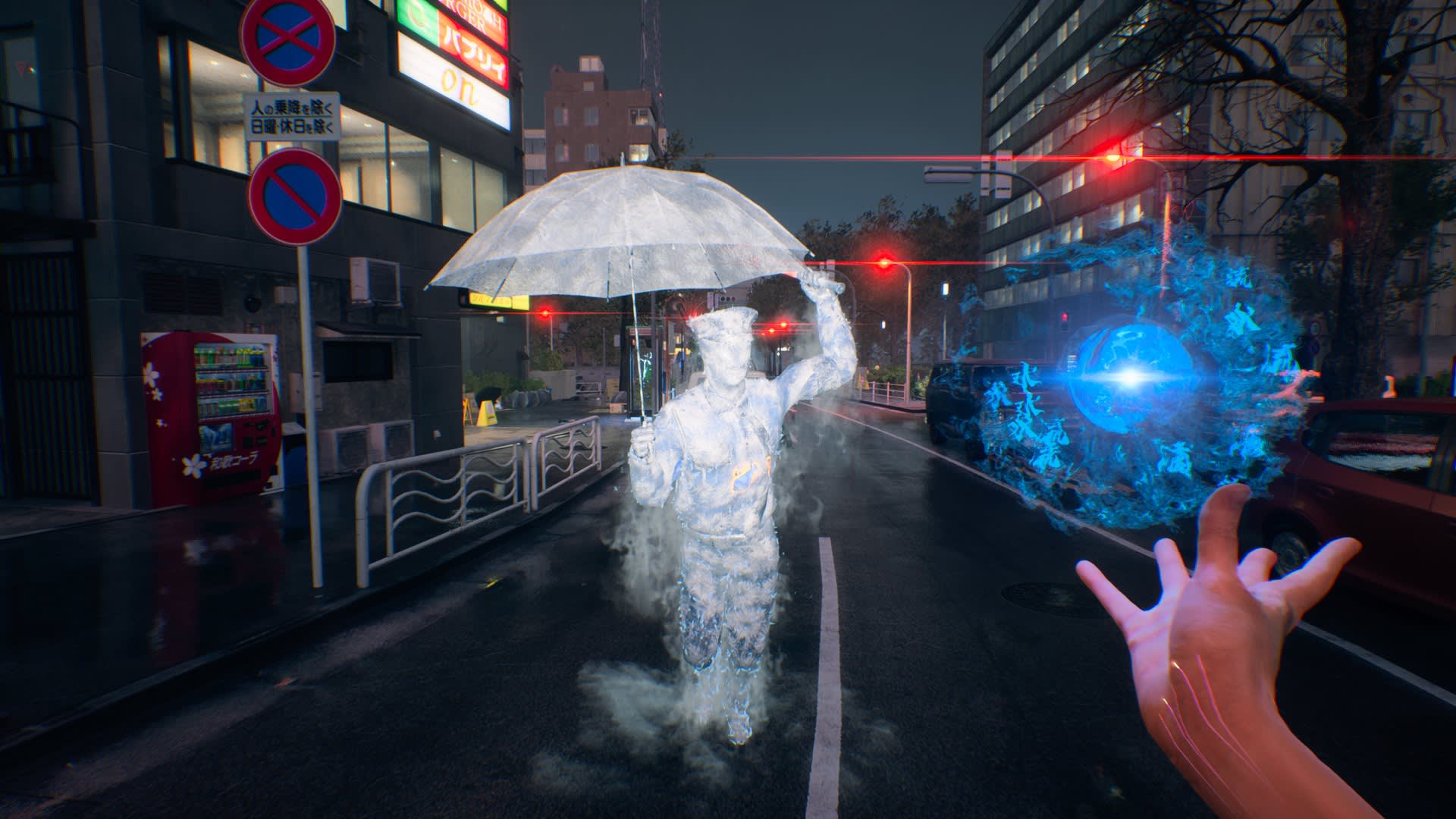
The game Ghostwire: Tokyo by Tango Gameworks is an action game that features an impressive open world recreation of Shibuya district in Tokyo. The environment and enemy design are both excellent, with intricate details that add to the overall atmosphere of the game.
The protagonist, Akito, wields Shinto magic and is on a mission to investigate the mysterious disappearance of Shibuya’s population in a rapture-like event. The game provides a compelling reason to explore Tokyo throughout the investigation, offering a distinctive atmosphere to the city.
However, the game is plagued by repetitious open world tasks, which lead to monotony. The game settles into a tried and true template of open world games, with plenty of things to collect and icons to chase. While the act of gathering lost spirits may feel bizarrely prolonged, the combat system is exciting and offers an exercise in crowd management and resource juggling.
Overall, Ghostwire: Tokyo is a game that offers a great atmosphere and design, but its repetitious open world tasks may hinder the overall experience.
Story and Exploration
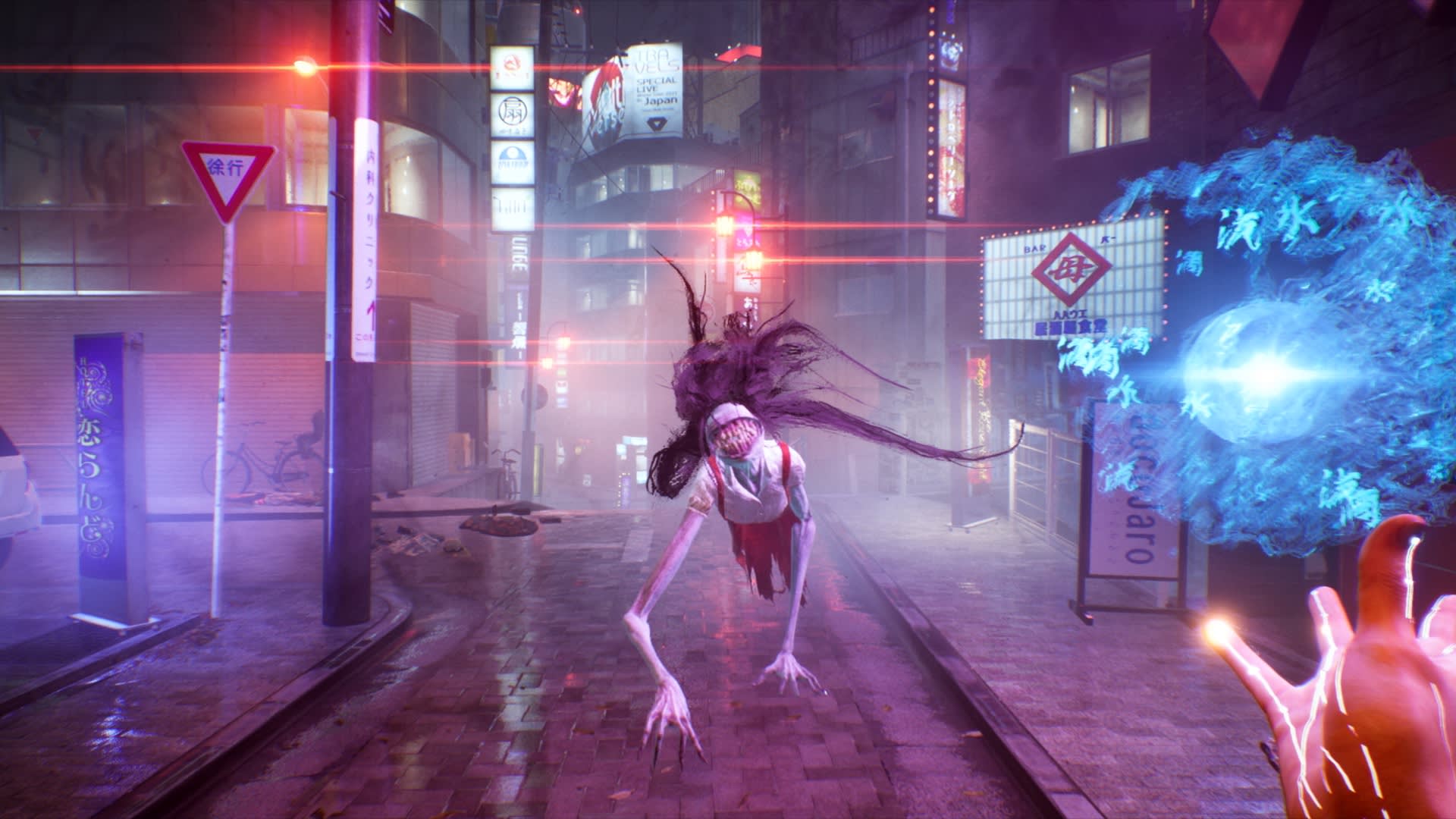
Protagonist Akito utilizes Shinto magic to investigate the mysterious disappearance of Shibuya’s population, prompting players to explore the intricate details of Tokyo’s recreation and uncovering occult forces inhabiting various locations.
The game’s story and atmosphere are some of its strongest aspects, immersing players in a compelling mystery that gradually unravels as they explore the city. The rapture-like event that happens in the beginning of the game sets the stage for a unique and distinctive atmosphere that permeates throughout the entire experience.
As players investigate and explore, they will encounter various locations that are possessed by occult forces, which adds an interesting layer to the story.
The recreation of Shibuya is incredibly detailed and impressive, with the game’s open world encouraging players to explore every nook and cranny of the city.
The use of Shinto magic adds a supernatural element to the story that is both intriguing and satisfying to uncover, making the story and exploration aspects of Ghostwire: Tokyo a highlight of the game.
Combat and Open World Activities
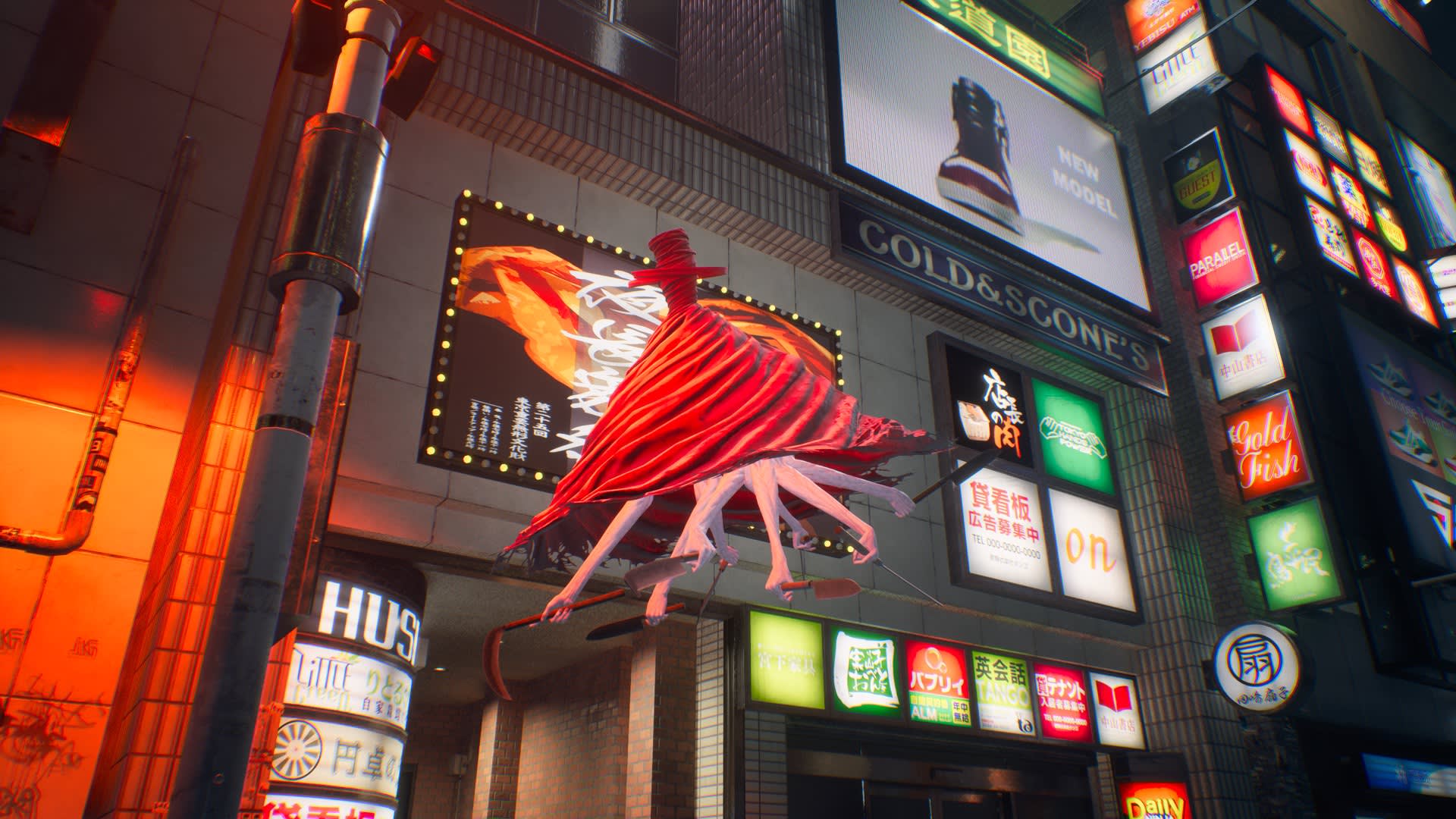
Focusing primarily on action combat, Ghostwire: Tokyo offers an exciting exercise in crowd management and resource juggling. Fighting large mobs of spirits and demons can be a thrilling experience, especially when players obtain a full suite of new tools in the middle of the game. However, the time it takes to access the breadth of these abilities can be an issue.
While an ability upgrade tree exists, it is primarily filled with options to increase the speed of combat abilities. The lack of genuinely interesting ways for combat abilities to evolve can make the combat feel repetitive and stale over time.
Similarly, Ghostwire: Tokyo settles into the tried and true template of open world games, with plenty of things to collect and icons to chase. The act of gathering lost spirits feels bizarrely and unnecessarily prolonged, and the open world activities begin to feel needless in the late game.
It takes about 20 hours to complete the main campaign and side quests, but the game feels as if it’s exhausted most of its ideas before it’s half over. Ultimately, while the combat and open world activities are enjoyable in their own right, they can’t fully make up for the monotony that plagues much of the game.
Frequently Asked Questions
What is the main goal or objective of the game?
The main goal or objective of Ghostwire: Tokyo by Tango Gameworks is to uncover the mystery behind the disappearance of Shibuya’s population through the eyes of protagonist Akito, who wields Shinto magic, while fighting large mobs of spirits and demons in an open world environment.
Are there any multiplayer or cooperative features in the game?
Ghostwire: Tokyo does not have any multiplayer or cooperative features, as it is a single-player game. The focus is on the protagonist’s journey through a detailed open world, combatting spirits and demons with Shinto magic.
What kind of customization options are available for the protagonist, Akito?
There are no visible customization options available for the protagonist Akito in Ghostwire: Tokyo. The game primarily focuses on action combat, with the player obtaining new tools and upgrades to increase the speed of combat abilities.
How does the game handle difficulty scaling, and is there a way to adjust it?
The game offers three difficulty options that affect enemy health and damage dealt. There is no way to adjust difficulty mid-game, but players can switch between options at the beginning of new missions or playthroughs.
Are there any notable performance issues or bugs that players should be aware of?
No notable performance issues or bugs have been reported in Ghostwire: Tokyo, available on PlayStation 5 and PC.
Conclusion
Ghostwire: Tokyo is the latest game by Tango Gameworks that offers an impressive open world recreation of Shibuya district with excellent environment and enemy design. The game’s atmosphere is spectacular, but it is haunted by repetitious open world tasks, which leads to monotony.
The story and exploration of Ghostwire: Tokyo are intriguing, but the game’s combat and open world activities lack diversity, making the game feel tedious after a while.
Despite its flaws, Ghostwire: Tokyo still manages to create a unique and immersive experience for players. The game’s atmosphere is so well-crafted that it is easy to get lost in the world’s lore and mythology. The game’s stunning visuals and sound design add to the overall experience and makes the game worth playing.
However, the repetitious nature of the game’s open world activities and combat can make the game feel tedious and monotonous.
Overall, Ghostwire: Tokyo is a game worth playing, but its repetitive nature may not be for everyone.
In conclusion, Ghostwire: Tokyo is a game that manages to create a unique and immersive experience for players. The game’s atmosphere is spectacular, and its story and exploration are intriguing. However, the game’s repetitious open world tasks and combat can make the game feel tedious after a while.
Despite its flaws, Ghostwire: Tokyo is still worth playing for its stunning visuals, sound design, and overall atmosphere. It is a game that will leave a lasting impression on the player and is a must-play for fans of the horror genre.
Ghostwire: Tokyo
Keep your eyes open for more articles on Club Penguin Hero and read more great game reviews here.
- ESRB Leaks Major Re-release: Beyond Good and Evil 20th Anniversary Edition - December 15, 2023
- Valve’s Game-Changing Deal: Revamped Steam Decks - December 14, 2023
- Capcom’s Game Sales Skyrocket With Blockbuster Releases - December 13, 2023



